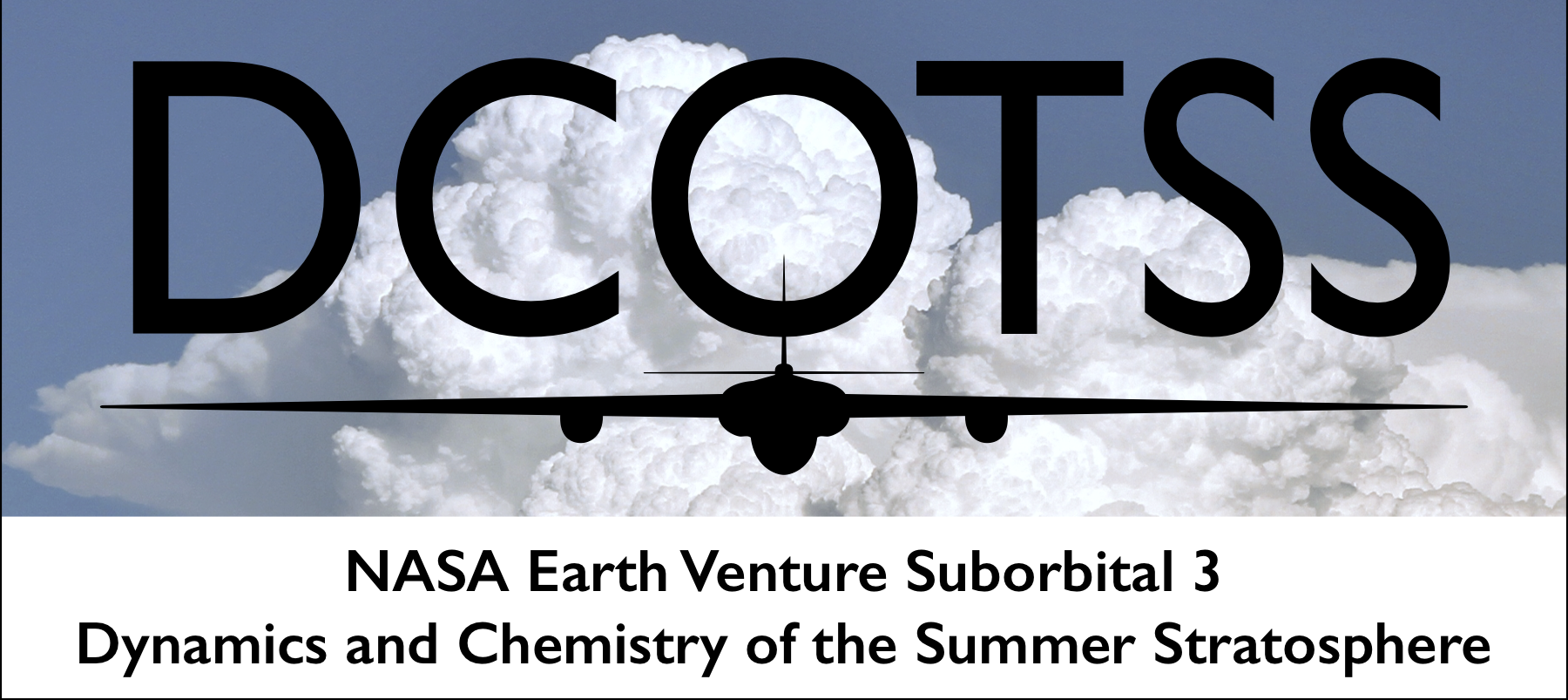
|
Kenneth P. Bowman is the Principal Investigator for DCOTSS. He is the David Bullock Harris Professor of Geosciences in the Department of Atmospheric Sciences at Texas A&M University. His research is focused on understanding atmospheric transport of trace constituents and observations of precipitation systems from space and with groundbased radars.
|

|
Frank N. Keutsch is the Deputy Principal Investigator for DCOTSS. He is the Stonington Professorship of Engineering and Atmospheric Science at Harvard University. His research group focuses on understanding anthropogenic influence on atmospheric composition, both gas-phase oxidative chemistry and molecular level studies on organic aerosol formation, fate, and properties. The group has participated in numerous atmospheric chemistry field campaigns, including large-scale land-, air-, and ocean-based scientific collaborations.
|
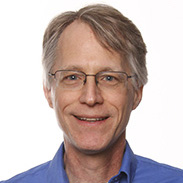
|
Norton Allen is a Software Engineer at Harvard University.
|

|
James G. Anderson is the Philip S. Weld Professor of Atmospheric Chemistry at Harvard University. He leads a research group that addresses global scale issues at the intersection of climate and energy using a combination of experimental and theoretical approaches drawn from the disciplines of chemistry, physics, and applied mathematics. The group studies Earth's climate through integrated modeling and direct observation using laboratory and field instruments.
|
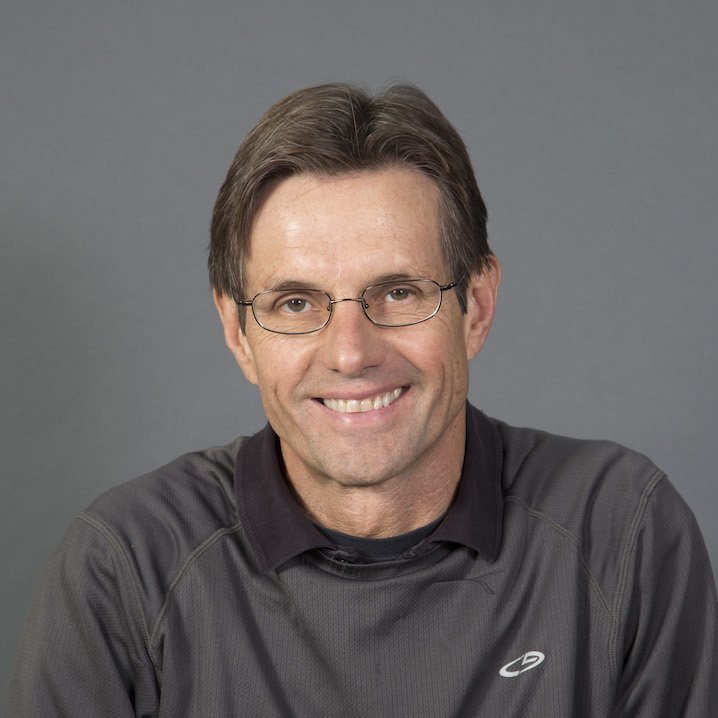
|
Eric C. Apel is a Project Scientist IV in the Atmospheric Chemistry Observations and Modeling division within the National Center for Atmospheric Research. Dr. Apel has been part of a number of large, NASA- sponsored field campaigns to investigate detailed chemical and physical processes in the atmosphere. Dr. Apel is Co-Investigator of the Whole Air Sampler team.
|
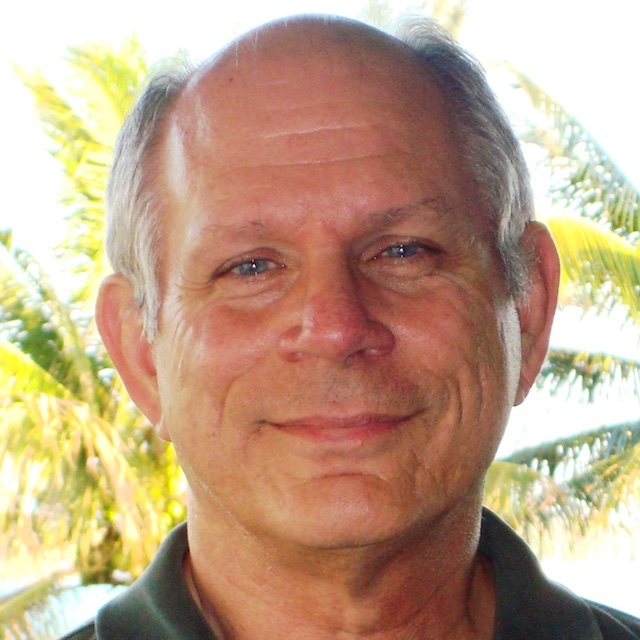
|
Elliot L. Atlas is a professor of atmospheric sciences in the Department of Atmospheric Sciences of the Rosenstiel School of Marine and Atmospheric Sciences at the University of Miami. He has led research teams in airborne sampling and analysis of trace gases. Dr. Atlas leads a research group that investigates the distributions and trends of a large variety of halocarbons (both natural and man-made), hydrocarbons, and photochemical oxidation products of these species (such as organic nitrates). Dr. Atlas leads the Whole Air Sampler team.
|

|
Kristopher M. Bedka is a Research Physical Scientist at NASA Langley Research Center's Science Directorate, Climate Science Branch. His research integrates satellite observations such as passive satellite imagers, and active lidar and radar observations from CloudSat, CALIPSO, in addition to those from the National Weather Service WSR-88D Doppler radar network, and 4-dimensional total lightning detection data, to better understand and detect hazardous, tropopause-penetrating convection.
|
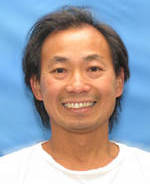
|
T. Paul Bui is Principal Investigator of the NASA Ames Research Center Meteorological Measurement System (MMS). MMS platforms include the DC-8, ER-2, Global Hawk, Sierra UAV, and WB-57F. During his tenure at NASA, Dr. Bui has been part of some 20 large-scale field missions. The Meteorological Measurement Systems program provides high-resolution and accurate meteorological information (pressure, temperature, turbulence index, and the 3-dimensional wind vector).
|

|
Daniel J. Cziczo is Associate Professor of Atmospheric Chemistry in the Department of Earth, Atmospheric, and Planetary Sciences at the Massachusetts Institute of Technology. Dr. Cziczo leads a research group that focuses on the interrelationship of particulate matter in the atmosphere and cloud formation. The group uses laboratory and field studies to better understand how small particles in the atmosphere interact with water vapor to form droplets and ice crystals, which are important players in Earth's climate system. Dr. Cziczo is the lead scientist for the Particle Analysis by Laser Mass Spectrometry (PALMS) instrument.
|
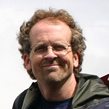
|
Bruce C. Daube, Jr. is a Research Engineer at Harvard University.
|
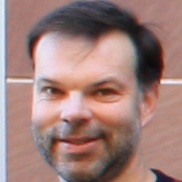
|
John A. Dykema is a Project Scientist at Harvard University
|
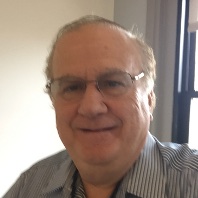
|
James W. Elkins is Group Chief of the Halocarbons and other Atmospheric Trace Species group in the Global Monitoring Division of the NOAA Earth System Research Laboratory.
|
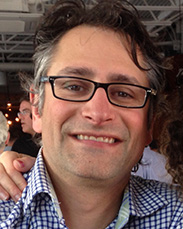
|
Michael Greenberg is an Mechanical Engineer at Harvard University.
|
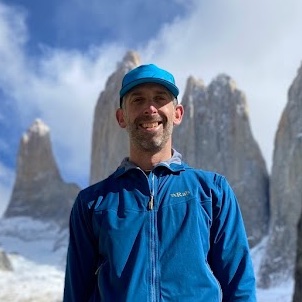
|
Emrys Hall is a mechanical engineer in the Ozone and Water Vapor Group in the Global Monitoring Laboratory at NOAA. Emrys was part of the balloon team launching water vapor and ozone sonde instruments on small balloons to ~28 km during the DCOTSS campaign.
|
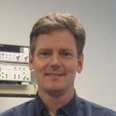
|
Thomas F. Hanisco is a Research Physical Scientist in the Atmospheric Chemistry and Dynamics Laboratory at NASA Goddard Space Flight Center.
|
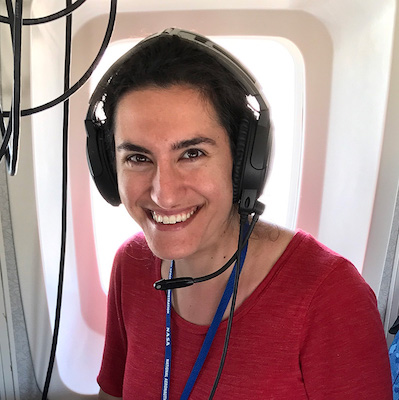
|
Reem A. Hannun is a Research Scientist in the Joint Center for Earth Systems Technology at the University of Maryland Baltimore County.
|

|
Eric Hintsa is Lead Scientist for the UAS Chromatograph for Atmospheric Trace Species (UCATS) in the Halocarbons and other Atmospheric Trace Species group of the NOAA Earth System Research Laboratory. UCATS is a lightweight and compact two-channel gas chromatograph with additional capabilities for ozone and water vapor.
|
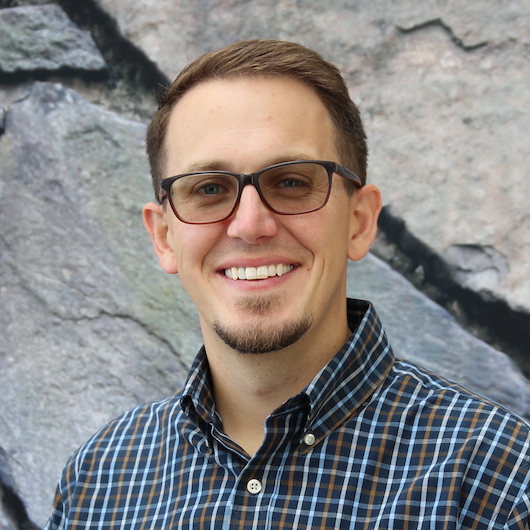
|
Cameron R. Homeyer is the Data Manager and Science Investigation Manager for theory, forecasting, and flight planning for DCOTSS. He is an Associate Professor and the Associate Director for Graduate Programs in the School of Meteorology at the University of Oklahoma.
|
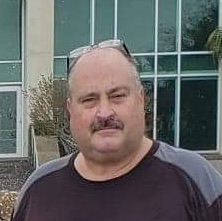
|
Dale F. Hurst is a Senior Research Scientist at the University of Colorado's Cooperative Institute for Research in Environmental Sciences (CIRES), working within the Ozone and Water Vapor Division of NOAA's Global Monitoring Laboratory, where he leads GML's upper atmospheric water vapor monitoring program. This program utilizes balloon-borne NOAA Frost Point Hygrometers (FPHs) to routinely measure vertical profiles of atmospheric water vapor from the surface to ~28 km at four different locations around the globe. Dr. Hurst is the PI of the NOAA Balloon Sondes component of DCOTSS and Co-PI of the larger Ozonesonde mini-network that launched a total of 116 instrumented balloons during the 2021 and 2022 deployments of DCOTSS.
|
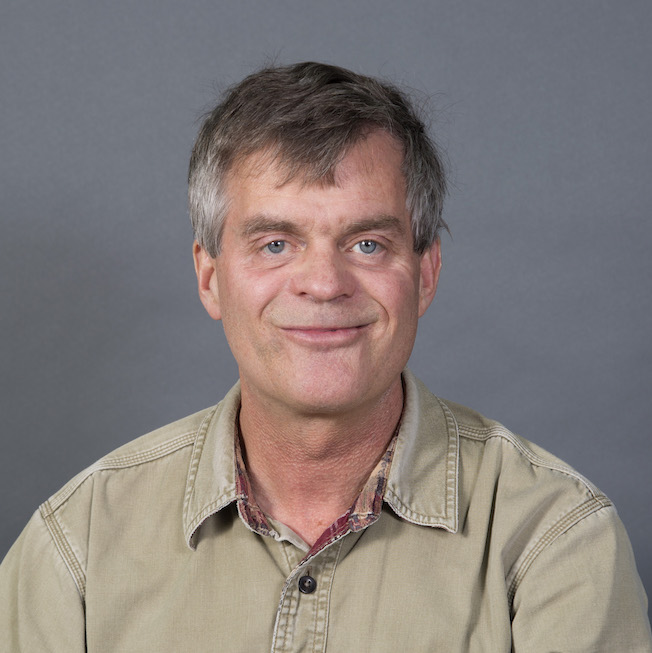
|
Eric Jensen is a Research Scientist at the NOAA Cooperative Institute for Research in Environmental Sciences.
|

|
Leslie R. Lait is a Senior Research Scientist at NASA NASA Goddard Space Flight Center.
|
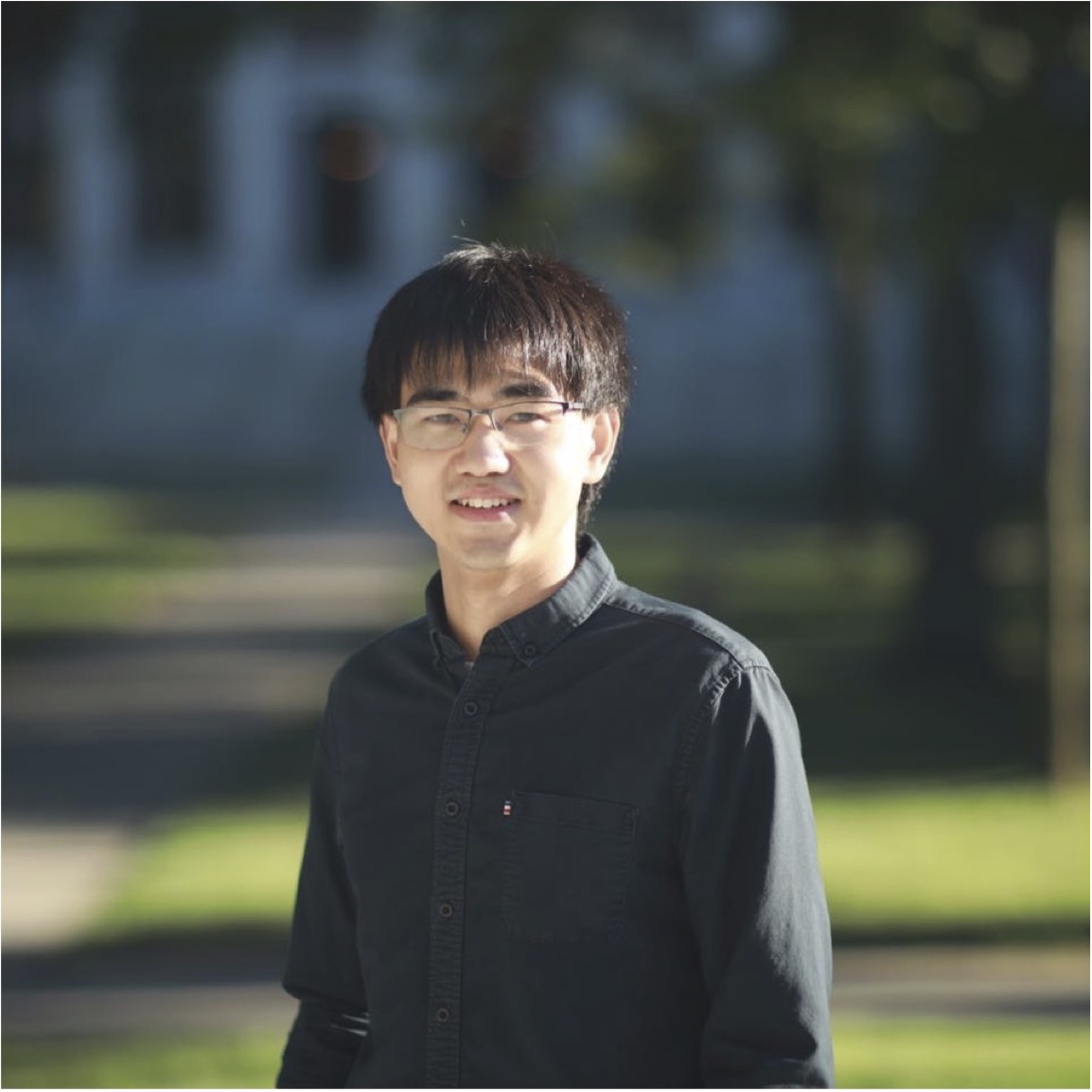
|
Yaowei Li is the Co-PI for the DCOTSS Portable Optical Particle Spectrometer (DPOPS) instrument. He is a PhD student in atmospheric chemistry in the Keutsch group at Harvard University. His current research focuses on the climate and chemical impacts of organic-containing aerosols in the UTLS, as well as the UTLS aerosol perturbations from wildfires and volcanic eruptions.
|
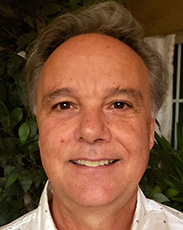
|
Michael Litchfield is an Electrical Engineer at Harvard University.
|
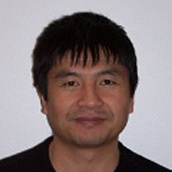
|
Chuntao Liu is Associate Professor of Physical and Environmental Sciences at Texas A&M University at Corpus Christi. Dr. Liu's research areas span remote sensing of cloud properties, precipitation, and severe weather. He has been a member of the NASA Precipitation Measurement Mission since 2009. Dr. Liu is part of the DCOTSS meteorological observations, modeling, and analysis group and focuses on observations by the Global Precipitation Mission satellite.
|
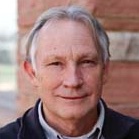
|
Fred L. Moore is a scientist for the UAS Chromatograph for Atmospheric Trace Species (UCATS) in the Halocarbons and other Atmospheric Trace Species group of the NOAA Earth System Research Laboratory.
|
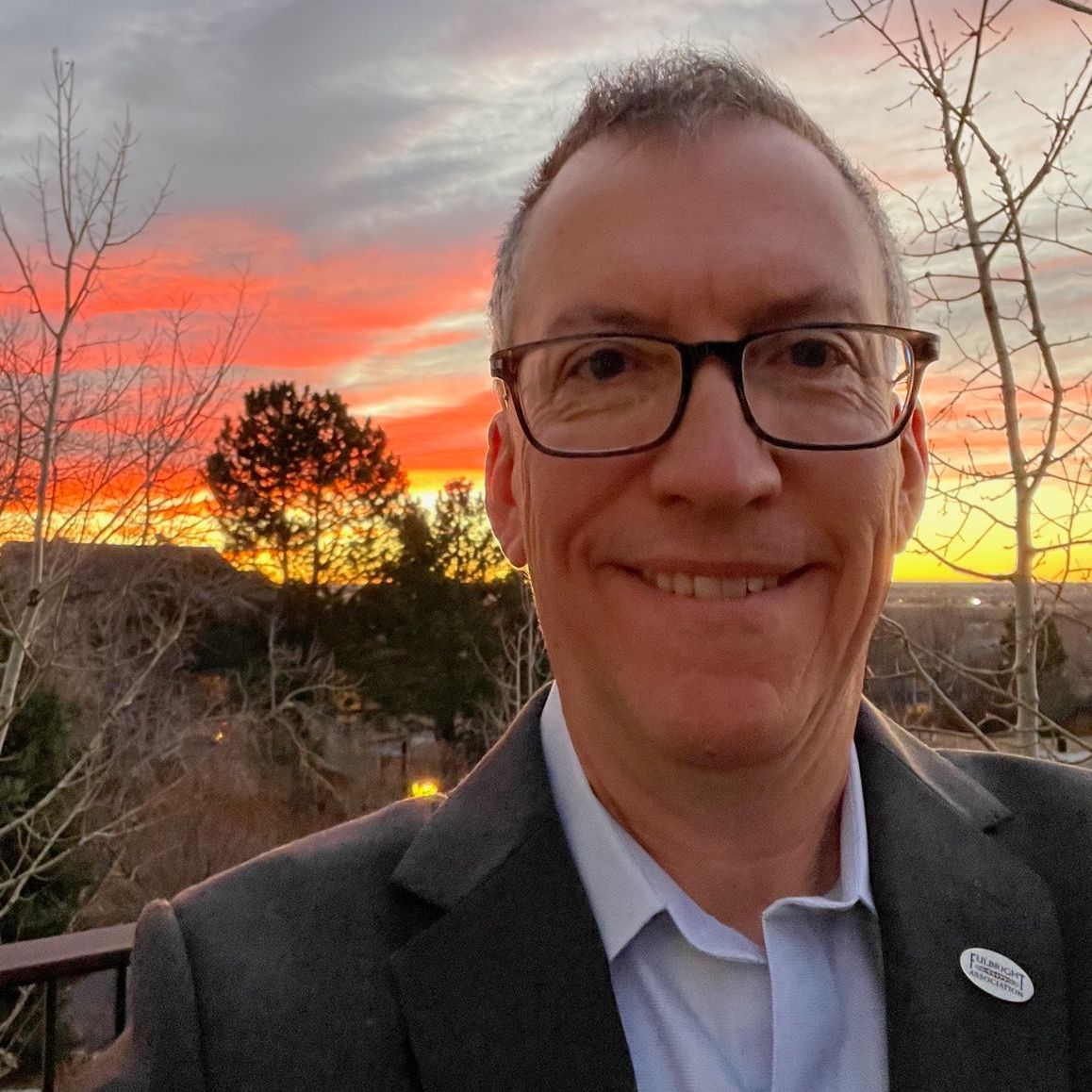
|
Gary Morris is the Acting Deputy Director and Lead of the Ozone and Water Vapor Division at NOAA's Global Monitoring Laboratory in Boulder, Colorado. Gary joined NOAA in December 2021 after 25 years in higher education as a professor and 10 years as an academic administrator. Since 2004 his primary research interests have leveraged balloon sondes to understand tropospheric ozone detect sulfur dioxide from natural and anthropogenic sources. Prior research areas have also included atmospheric electricity, remote sensing data analysis, and trajectory mapping. Gary was glad to join the Frost-Point-Hygrometer balloon-sonde team for DCOTSS.
|
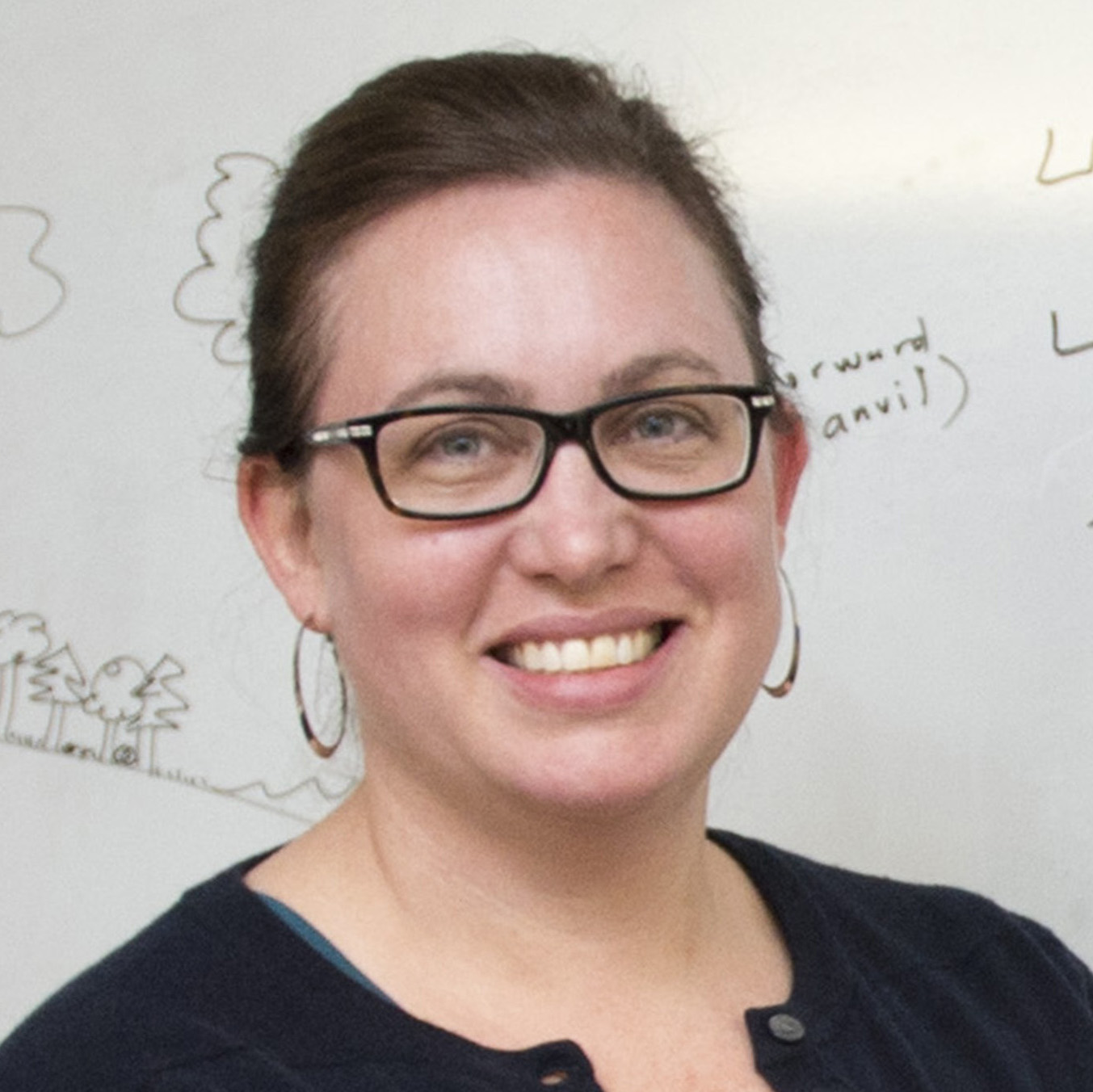
|
Gretchen L. Mullendore is the Director of the Mesoscale and Microscale Meteorology (MMM) Laboratory at the National Center for Atmospheric Research. Her research focuses on using both observations and numerical modeling to better understand convective transport, application of storm dynamics to turbulence forecasting, and forecasting validation at cloud scales. Dr. Mullendore is part of the DCOTSS meteorological observations, modeling, and analysis group.
|

|
Paul A. Newman has been Chief Scientist for Earth Sciences at the NASA Goddard Space Flight Center since 2014, as well as a NASA Goddard Space Flight Center Senior Fellow. His principal area of research is atmospheric dynamics and chemistry. He has participated in numerous aircraft and field campaigns. Much of Dr. Newman's research career has been focused on stratospheric ozone depletion.
|
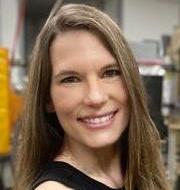
|
Jasna Pittman is a Research Scientist at Harvard University.
|

|
Anita D. Rapp is Assistant Professor of Atmospheric Sciences at Texas A&M University. Her principal areas of research include clouds, precipitation, and the global water cycle; remote sensing and satellite meteorology; atmospheric radiation; and climate change. She has been a member of three major NASA Science Teams including the Energy & Water Cycle Study (NEWS), the Precipitation Measuring Missions, and the CloudSat CALIPSO Mission. Dr. Rapp is part of the DCOTSS meteorological observations, modeling, and analysis group.
|

|
Marco Rivero is an Electrical Engineer at Harvard University.
|
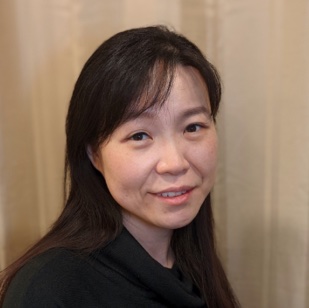
|
Ju-Mee Ryoo is a Research Scientist at the Science and Technology Corporation at NASA Ames.
|
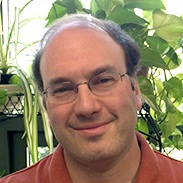
|
David S. Sayres is a Research Scientist at Harvard University.
|
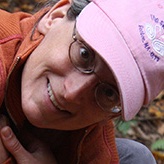
|
Jessica B. Smith is a Research Scientist at Harvard University.
|
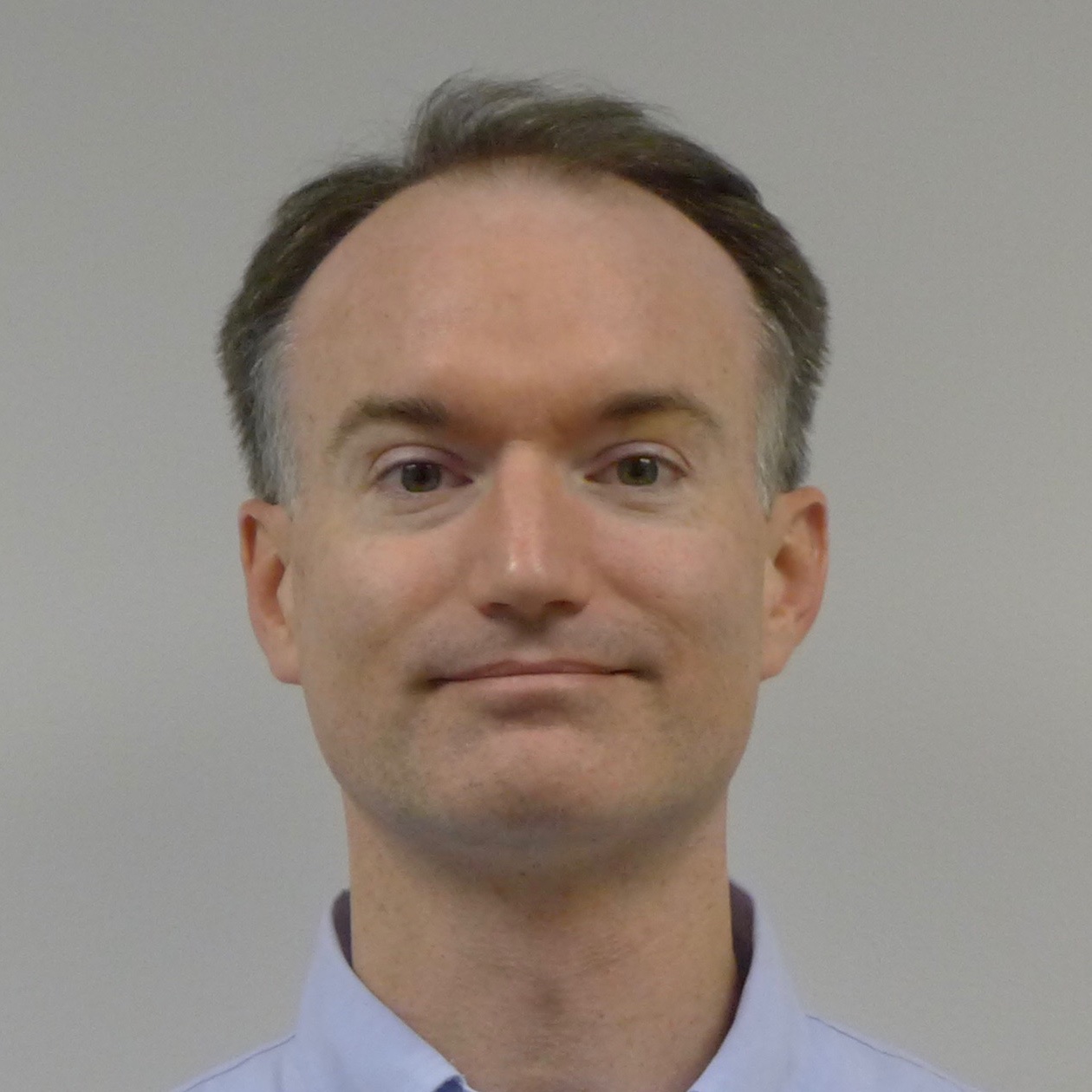
|
Jason M. St. Clair is a Research Assistant Professor in the Joint Center for Earth Systems Technology at the University of Maryland Baltimore County.
|

|
Andrew K. Swanson is a Mechanical Engineer at NASA Goddard Space Flight Center.
|

|
Rei Ueyama is a Research Scientist at NASA Ames Research Center. Her research focuses on understanding processes in the upper troposphere and lower stratosphere and how they impact stratospheric humidity and climate. She has provided meteorological and flight planning support for numerous NASA airborne field campaigns. As the Forecasting and Flight Planning Lead for DCOTSS, Dr. Ueyama oversees the production and organization of a variety of forecasting products (including overshooting convective plume forecasts) as well as the execution of successful flight planning in the field. Her group at NASA Ames will also produce forecast convective plumes for the DCOTSS mission.
|
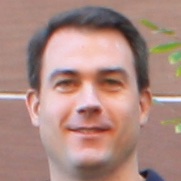
|
David M. Wilmouth is a Research Scientist at Harvard University.
|
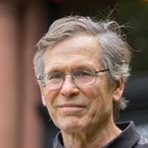
|
Steven C. Wofsy is Abbott Lawrence Rotch Professor of Atmospheric and Environmental Science at Harvard University.
|
